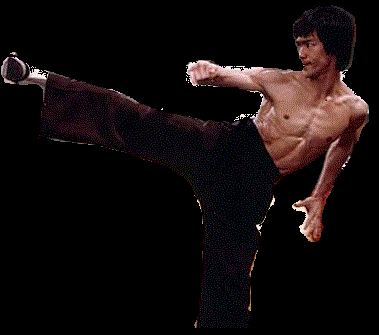Hélio Gracie
Hélio Gracie (Portuguese pronunciation: October 1, 1913 – January 29, 2009) was a Brazilian martial artist who, together with his brother Carlos Gracie, founded the martial art of Gracie Jiu-Jitsu, known internationally as Brazilian Jiu-Jitsu (BJJ). According to Rorion Gracie, his father Helio Gracie is one of the first sports heroes in Brazilian history; he was named Man of the Year in 1997 by the American martial arts publication Black Belt magazine. He was the father of Rickson Gracie, Royler Gracie, Royce Gracie,Relson Gracie, and Ultimate Fighting Championship (UFC) Co-founder Rorion Gracie, among other sons and daughters. According to one of his most notable opponents, Masahiko Kimura, Gracie held the rank of 6th dan in judo.

10th degree red belt in Brazilian Jiu-Jitsu; 6th degree black belt in Judo
Early life:
Gracie was born on October 1, 1913, in Belém do Pará, Brazil. When he was 16 years old, he found the opportunity to teach a jiu jutsuclass (at that time judo was commonly referred to as Kano Jiu-Jitsu or simply Jiu-Jitsu), and this experience led him to develop Brazilian Jiu-Jitsu. A director of the Bank of Brazil, Mario Brandt, arrived for a private class at the original Gracie Academy in Rio de Janeiro, as scheduled. The instructor, Carlos Gracie, was running late and was not present. Helio offered to begin the class with the man. When the tardy Carlos arrived offering his apologies, the student assured him it was no problem, and actually requested that he be allowed to continue learning with Helio Gracie instead.[citation needed] Carlos agreed to this and Helio Gracie became an instructor.
Gracie realized, however, that even though he knew the techniques theoretically, the moves were much harder to execute. Due to his smaller size, he realized many of the judo moves required brute strength which did not suit his small stature. Consequently, he began adapting judo for his particular physical attributes,[citation needed] and through trial and error learned to maximize leverage, thus minimizing the force that needed to be exerted to execute a technique. From these experiments, Gracie Jiu-Jitsu, later known asBrazilian Jiu-Jitsu, was created. Using these new techniques, smaller and weaker practitioners gained the capability to defend themselves and even defeat much larger opponents
Later life:
Gracie's son, Rorion Gracie, was the first Gracie family member to bring Gracie Jiu-Jitsu to the United States of America. Royce Gracie, Rorion's younger brother, went on to become the first UFC champion in the organization's history; Helio coached Royce from outside the cage at UFC 1 and UFC 2.
Gracie died on the morning of January 29, 2009, in his sleep in Itaipava, in the city of Petrópolis, Rio de Janeiro. The cause of death, reported by the family, was natural causes. His last words were: "I created a flag from the sport’s dignity. I oversee the name of my family with affection, steady nerves and blood." Gracie was able to utilize the same Jiu-Jitsu techniques which he helped to develop until his death. He was 95 years old, and was teaching/training on the mat until 10 days before his death, when he became ill.



